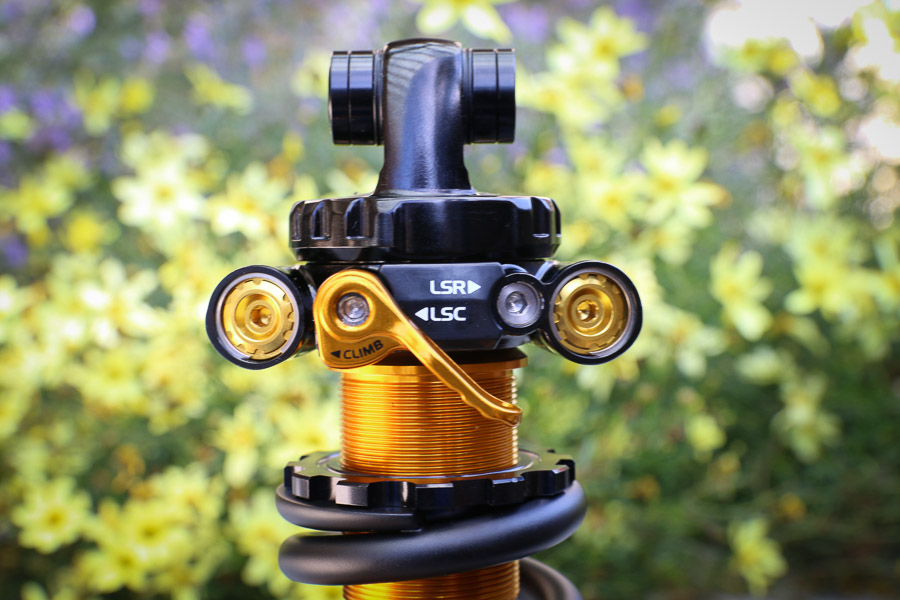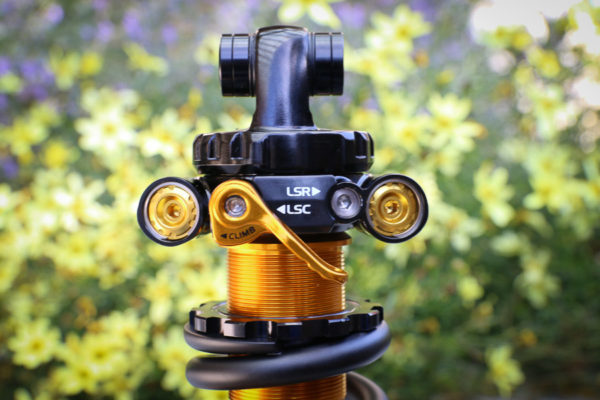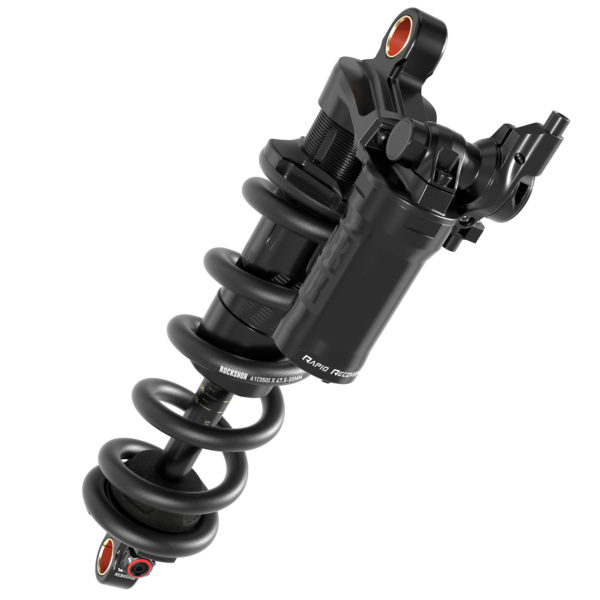The adjuster ring on a coil shock seems like a simple thing. But as you’re about to learn, it’s not meant for making major adjustments.
The ring threads onto a coil shock’s shaft and acts a preload adjuster, changing how much force is applied on the spring before it’s compressed. It’s used to adjust sag, explains Ben Robchaud, a tech at mountain bike suspension tuning company Vorsprung, “but you don’t want to use too much preload. So you want to start with the right spring rate for your rider weight. Basically, you want to just get the preload ring tight enough to prevent the coil from being loose (you’ll hear it rattling), and then make maybe five or six turns at the most. And that’s at the absolute most, ideally you’ll only need up to two turns to get sag where you want it to be, which is about 23-30% sag for most riders.”
Robchaud continues: “The more you twist it in, the harder it will be to start compression the coil at the beginning of travel. Because the coil will already be compressed some, pressing harder against compression. Imagine you have a 400lb spring and you’ve compressed by about 1/8 inch (usually about three complete turns). Now it’s pushing back with 50lbs of force, approximating what a 450lb spring would feel like at sag. Which is another reason you want to have the right coil strength to begin with.”
Simple, right? We figured this would be a welcome break from the more technical internal looks we’ve posted the past few weeks. It’s worth noting that the actual amount of additional force created by preloading a coil shock will vary with shock length and other factors, so the numbers used here are purely to illustrate the concept. (NOTE: minor updates have been made to this post for clarification)
The fun never ends. Stay tuned for a new post each week that explores one small suspension tech, tuning or product topic. Check out past posts here. Got a question you want answered? Email us. Want your brand or product featured? We can do that, too.


